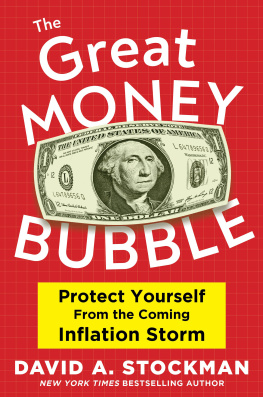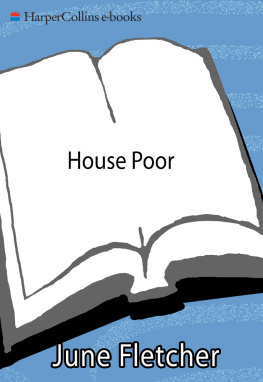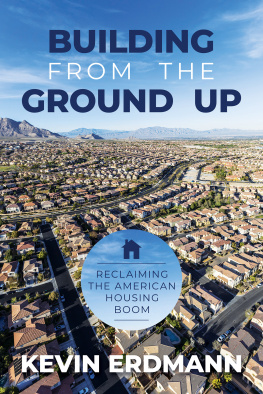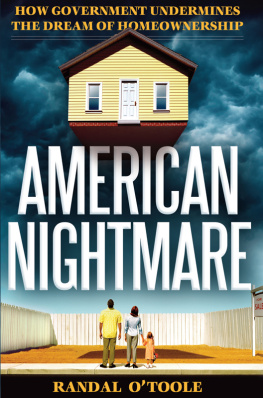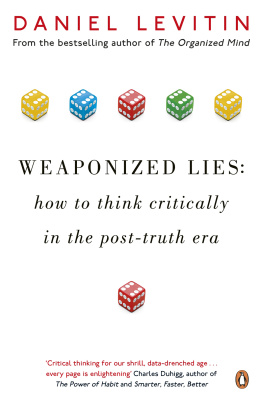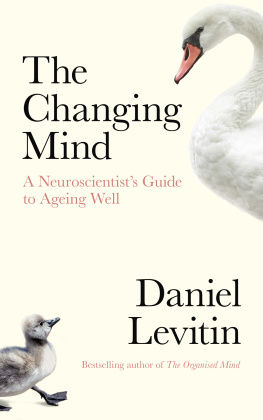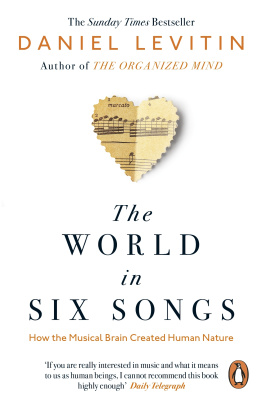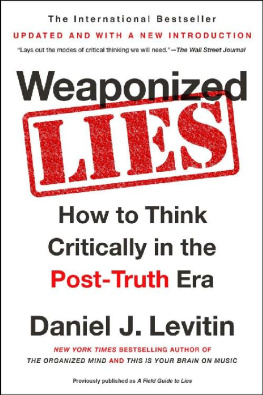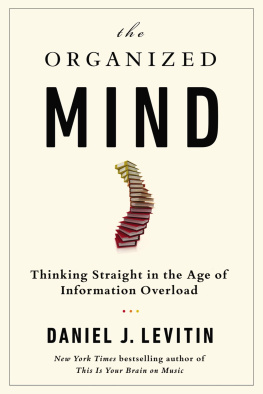Adam J. Levitin - The Great American Housing Bubble: What Went Wrong and How We Can Protect Ourselves in the Future
Here you can read online Adam J. Levitin - The Great American Housing Bubble: What Went Wrong and How We Can Protect Ourselves in the Future full text of the book (entire story) in english for free. Download pdf and epub, get meaning, cover and reviews about this ebook. year: 2020, publisher: Harvard University Press, genre: Romance novel. Description of the work, (preface) as well as reviews are available. Best literature library LitArk.com created for fans of good reading and offers a wide selection of genres:
Romance novel
Science fiction
Adventure
Detective
Science
History
Home and family
Prose
Art
Politics
Computer
Non-fiction
Religion
Business
Children
Humor
Choose a favorite category and find really read worthwhile books. Enjoy immersion in the world of imagination, feel the emotions of the characters or learn something new for yourself, make an fascinating discovery.

- Book:The Great American Housing Bubble: What Went Wrong and How We Can Protect Ourselves in the Future
- Author:
- Publisher:Harvard University Press
- Genre:
- Year:2020
- Rating:3 / 5
- Favourites:Add to favourites
- Your mark:
- 60
- 1
- 2
- 3
- 4
- 5
The Great American Housing Bubble: What Went Wrong and How We Can Protect Ourselves in the Future: summary, description and annotation
We offer to read an annotation, description, summary or preface (depends on what the author of the book "The Great American Housing Bubble: What Went Wrong and How We Can Protect Ourselves in the Future" wrote himself). If you haven't found the necessary information about the book — write in the comments, we will try to find it.
Adam J. Levitin: author's other books
Who wrote The Great American Housing Bubble: What Went Wrong and How We Can Protect Ourselves in the Future? Find out the surname, the name of the author of the book and a list of all author's works by series.
The Great American Housing Bubble: What Went Wrong and How We Can Protect Ourselves in the Future — read online for free the complete book (whole text) full work
Below is the text of the book, divided by pages. System saving the place of the last page read, allows you to conveniently read the book "The Great American Housing Bubble: What Went Wrong and How We Can Protect Ourselves in the Future" online for free, without having to search again every time where you left off. Put a bookmark, and you can go to the page where you finished reading at any time.
Font size:
Interval:
Bookmark:
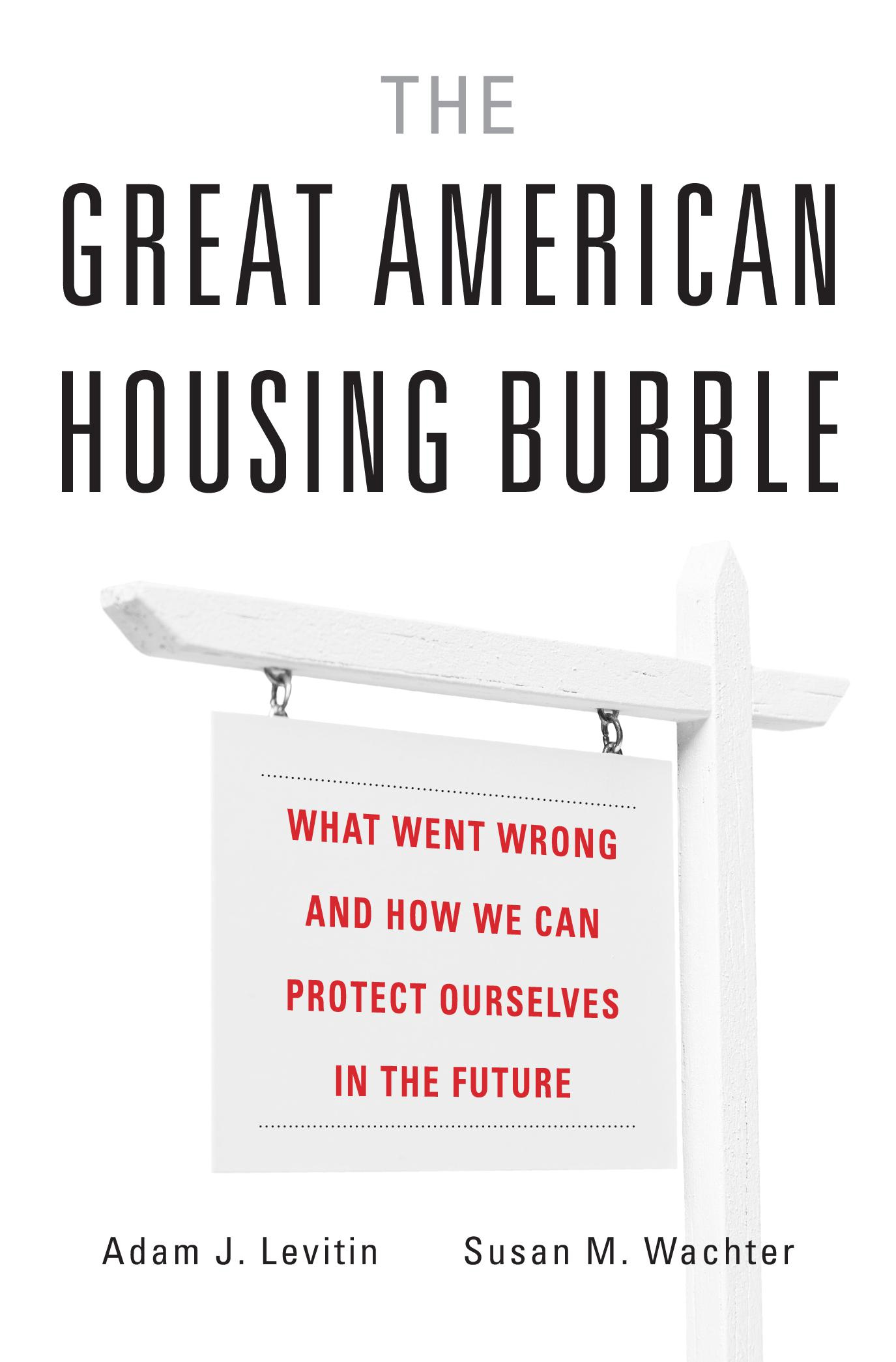
THE GREAT AMERICAN HOUSING BUBBLE
What Went Wrong and How We Can Protect Ourselves in the Future
Adam J. Levitin
Susan M. Wachter

Cambridge, Massachusetts
London, England
2020
Copyright 2020 by the President and Fellows of Harvard College
All rights reserved
Jacket design: Jill Breitbarth
Jacket photograph: Feverpitched/iStock/Getty Images Plus
978-0-674-97965-9 (cloth)
978-0-674-24692-8 (EPUB)
978-0-674-24693-5 (MOBI)
978-0-674-24694-2 (PDF)
The Library of Congress has cataloged the printed edition as follows:
Names: Levitin, Adam Jeremiah, author. | Wachter, Susan M., author.
Title: The great American housing bubble : what went wrong and how we can protect ourselves in the future / Adam J. Levitin, Susan M. Wachter.
Description: Cambridge, Massachusetts : Harvard University Press, 2020. | Includes bibliographical references and index.
Identifiers: LCCN 2019046762
Subjects: LCSH: Freddie Mac (Firm) | Federal National Mortgage Association. | Mortgage loansUnited StatesHistory. | HousingUnited StatesFinanceHistory. | Global Financial Crisis, 20082009.
Classification: LCC HG2040.5.U5 L48 2020 | DDC 332.7/20973090511dc23
LC record available at https://lccn.loc.gov/2019046762
To SarahA.J.L.
To MichaelS.M.W.
Who make our houses our homes.
Were an odd couple. Were a law professor and a real estate economist separated by a generation and, on a good day, about two hours on the Acela Express. Weve been collaborating on scholarship and policy work since 2008, and we owe our acquaintance to the financial crisis that followed the collapse of the Great American Housing Bubble.
In September 2008, when the entire US economy appeared to be imploding, we both found ourselves participating in a number of conference calls as part of brain trusts to which members of Congress were turning for ideas on how to help bail out not just banks but also beleaguered homeowners. We recognized in the course of those calls that we could do a lot more together than we could separately. Adam knew something about the mechanics of securitization and foreclosures, and Susan knew quite a bit more about real estate economics. We realized that by putting these pieces together we could articulate a much more coherent critique of what went wrongand a much sharper formula for how to fix itthan we could individually. Over the years we have batted ideas back and forth and educated each other, while working through our thinking on housing finance in a series of articles, book chapters, congressional testimonies, and policy briefs. This book is the culmination of our efforts.
Our immodest goal in this book is to provide the definitive account of the creation and collapse of the Great American Housing Bubble and to set forth tangible principles and metrics to guide housing finance reform. Put differently, this book is about what went wrong in housing finance and how to fix it. Astonishingly, over a decade after the bubble burst, no definitive account yet exists of the bubble, which brought on the greatest destruction of wealth in modern memory, culminating in the financial crisis of 2008. While there are numerous accounts of the financial crisis of 2008, the events of the fall of 2008 are very much an epilogue to the story of the bubble. The question that concerns us is what went wrong in the housing finance market such that there was a bubble in the first place.
As of our writing, in the beginning of 2020, the housing finance system in the United States remains broken. The bubble drove home prices in some parts of the country to record highs. The collapse of the bubble triggered the worst financial crisis since the Great Depression. It also left a legacy of over 7 million homes sold in foreclosureone in every nineteen housing units in the United States, with millions of families displaced and many others trapped in houses that they could not sell without taking a loss. More than a decade later, the effects of the collapse still linger in the form of depressed interest rates. Although the housing finance system is currently stable, it remains on government life support and is, incredibly, still in limbo.
Understanding what caused the bubble is paramount for preventing a recurrence and for ensuring a stable housing finance system going forward. If we dont understand what caused the Great American Housing Bubble that destroyed trillions of dollars of wealth, destabilized numerous communities, precipitated millions of home foreclosures, and played a key role in tectonic shifts in global financial markets, how can we ever hope to prevent future bubbles?
We believe it is important to understand what happened in the housing market not only for its own sake, but also because of the lessons it holds for rebuilding the housing finance market. Given the far-reaching effects of housing finance in consumers lives (where and how we live), in the economy ($11 trillion of mortgage debt, financed through $9.5 trillion of various mortgage-related securities), and ultimately even in the political system (homeownership affects civic participation), it is imperative the housing finance system ensure Americans have access to affordable, stable, and fair housing finance.
The story we tell is not about people directly, or at least it does not feature individuals. You will not meet colorful stock characters from the bubble years like the charlatan mortgage broker, the wily house flipper, the hapless subprime borrower, the do-nothing regulator, the Cassandra professor, the unctuous lobbyist, the smarmy politician, the rube asset manager, the eccentric genius investor, or the rapacious Wall Street financier. They make great fodder for journalistic accounts, and we love reading about them, but their personality quirks are a distraction from the search for what went wrong; more importantly, these synecdoches, although helpful for casual discussion, offer no help in figuring out how to fix the market.
Instead, ours is a story of two intertwined marketsthe housing market and the housing finance marketthat are populated by institutions, financial products, and regulations. These markets are indelibly connected for a simple reason: most Americans purchase their homes on credit; without mortgage credit, our housing stock and our whole way of life in America would look radically different. Ours is a tale of the possibilitiesand limitsof markets, and the complicated role of government in markets. Ultimately it is a story about what sort of country we live in and what sort of country we will leave to our children and grandchildren: can we bequeath them a country with a strong homeownership culture, stable neighborhoods, and sources of retirement savings, and fair access to adequate credit? The question of who can get housing financing and on what terms affects consumer behavior, community makeup, local democracy, and the economy as a whole.
These lofty points aside, every story needs a protagonist, and we have one. The hero of our story is the thirty-year fixed-rate mortgage (FRM) or 30-year fixedthe American Mortgage, a uniquely American financial product that has unusual benefits for consumers and market stability. The American Mortgage only emerged following World War II. It is the product of substantial regulatory interventions in the mortgage market and requires a certain institutional and regulatory environment to thrive. The story of the American Mortgage is one of enormous social benefits resulting from government interventions in the market.
Font size:
Interval:
Bookmark:
Similar books «The Great American Housing Bubble: What Went Wrong and How We Can Protect Ourselves in the Future»
Look at similar books to The Great American Housing Bubble: What Went Wrong and How We Can Protect Ourselves in the Future. We have selected literature similar in name and meaning in the hope of providing readers with more options to find new, interesting, not yet read works.
Discussion, reviews of the book The Great American Housing Bubble: What Went Wrong and How We Can Protect Ourselves in the Future and just readers' own opinions. Leave your comments, write what you think about the work, its meaning or the main characters. Specify what exactly you liked and what you didn't like, and why you think so.

